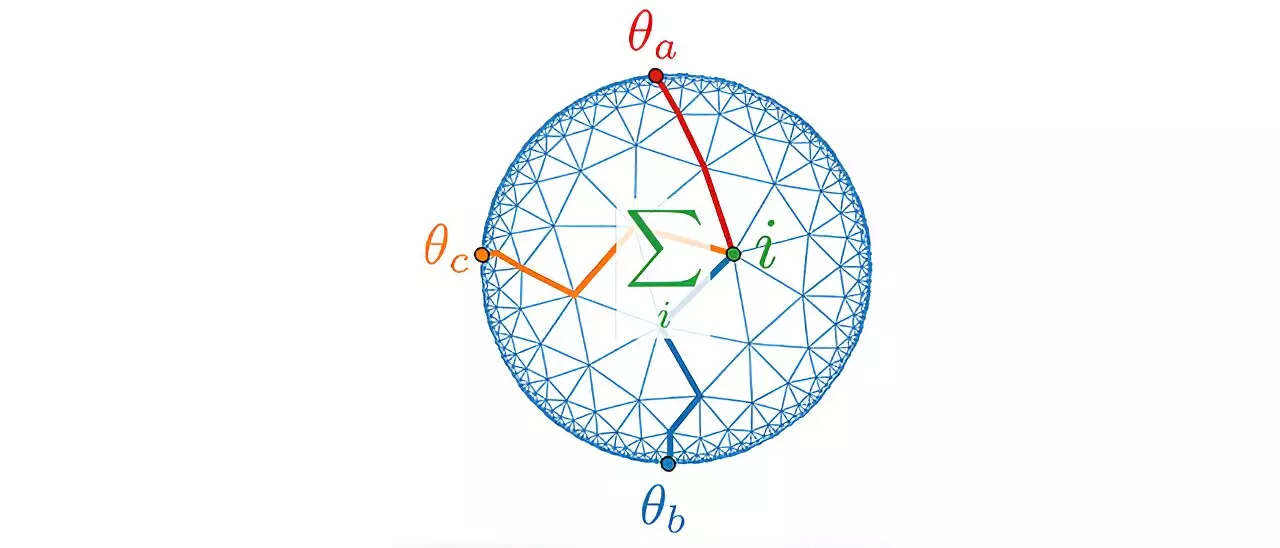Gravity has long been a cornerstone of physics. Its principles govern the celestial ballet of planets, dictate oceanic tides, and guide space exploration. For centuries, scientists worked tirelessly to decipher its nuances, primarily through classical theories. Yet, despite the triumphs achieved over vast distances and considerable masses, gravity reveals its complexities at the quantum level—where conventional laws break down. As we venture further into the fabric of the universe, it becomes apparent that a synthesis of classical and quantum theories is essential to fully grasp the enigmatic forces shaping our reality.
Professor Johanna Erdmenger, a significant figure in theoretical physics at the University of Würzburg, articulates the urgency of this pursuit. The gravitational behaviors observed during significant cosmic events, such as the inception of the universe and the mysterious interiors of black holes, are rife with quantum interactions. “To explain the Big Bang or the interior of black holes, we have to understand quantum properties of gravity,” she asserts. This necessity has driven researchers to explore new theoretical frameworks capable of encompassing these diverse phenomena.
One of the most promising theoretical innovations in this domain is the Anti-de-Sitter/Conformal Field Theory (AdS/CFT) correspondence. This principle posits that complex gravitational theories in higher-dimensional spaces can be corresponding with simpler quantum theories on the boundaries of those spaces. While initially perplexing, this correspondence provides a pivotal vantage point for exploring quantum gravity: it essentially translates intricate gravitational dynamics into more comprehensible quantum dynamics.
At its core, this theory employs a visualization that resembles a funnel—where the curved spacetime acts as its inner geometry, while the behaviors at the funnel’s edge can elucidate the complex processes occurring within. Erdmenger likens this relationship to that of a hologram, offering a three-dimensional representation emerging from a two-dimensional plane. This analogy underscores the elegance of AdS/CFT as it merges complex gravitational theories with more simplistic quantum models.
The monumental challenge has always been to validate the theoretical constructs of quantum gravity through empirical means. Erdmenger and her research team have taken significant strides in this direction. Their recent study, published in the prestigious journal Physical Review Letters, introduces an innovative method of empirically testing the AdS/CFT correspondence through a branched electrical circuit.
This experimental setup turns theoretical principles into tangible phenomena by simulating curved spacetime. As electrical signals traverse through the distinct branching points within the circuit, they parallel gravitational dynamics anticipated at various locations within a theoretical spacetime framework. The calculations indicate a profound correspondence between the mimicry of quantum dynamics at the circuit’s boundary and the dynamics occurring in the deeper realms of spacetime—a vital prediction of the AdS/CFT framework now under scrutiny.
Moving forward, the research team at Würzburg is poised to transition from theoretical exploration to experimental application. If successful, they would not only confirm the AdS/CFT correspondence predictions but also pioneer breakthroughs in gravitational research, potentially spawning an array of technological innovations. Erdmenger highlights the broader implications of their findings, stating, “Our circuits also open up new technological applications.” By leveraging advancements in quantum technology, they aim to enhance electrical signal transmission with minimized loss—a prospect that could fundamentally alter the landscape of technology.
Gravity represents a fascinating frontier between the familiar large-scale universe and the bewildering quantum world. The work being conducted at the University of Würzburg demonstrates an essential convergence of theory and practice, striving to demystify one of nature’s fundamental forces. By investigating the interplay of classical and quantum mechanics, physicists are not just expanding our theoretical understanding but also laying the groundwork for practical applications that could revolutionize technology. As we delve deeper into the quantum realm, the potential to illuminate the mysteries of gravity beckons with promise, compelling us to venture further into an intricate web of cosmic relationships.


Leave a Reply